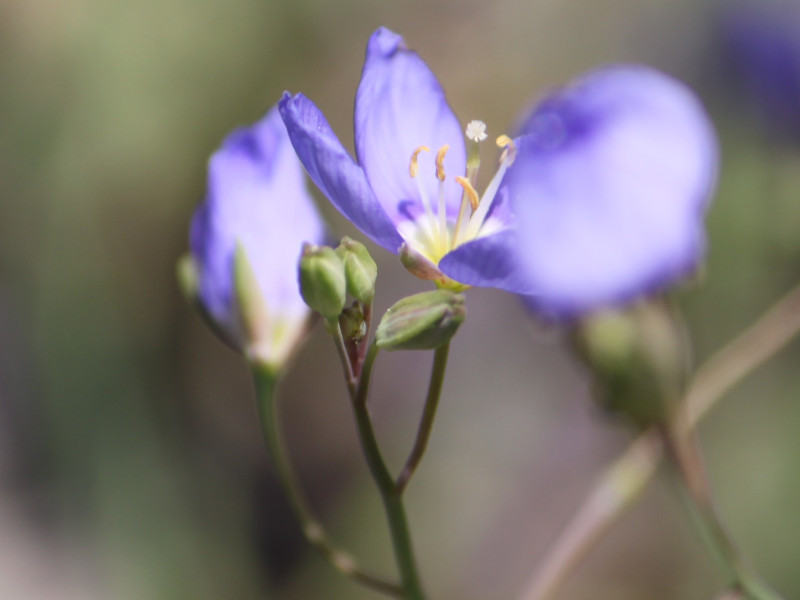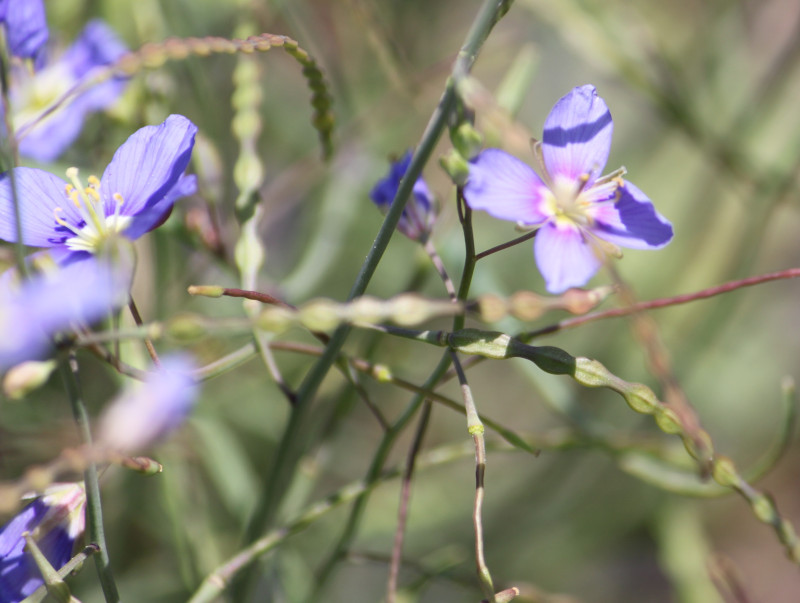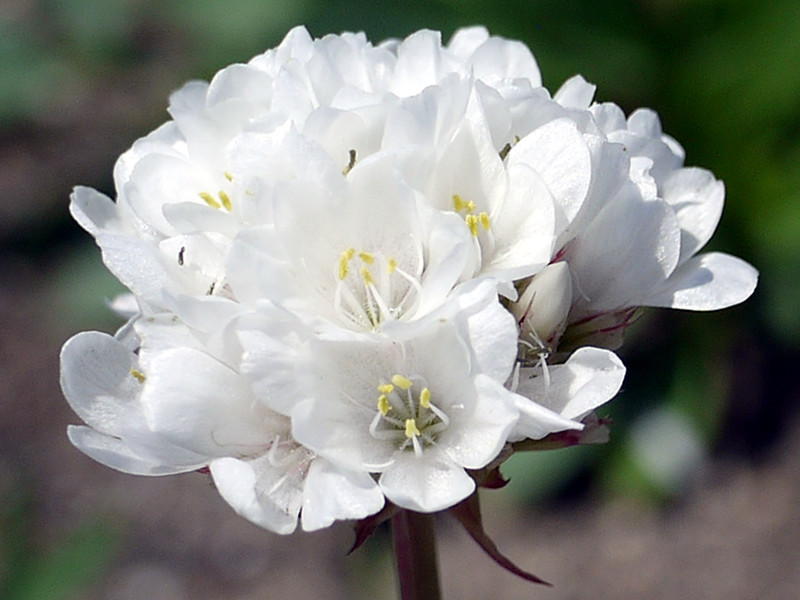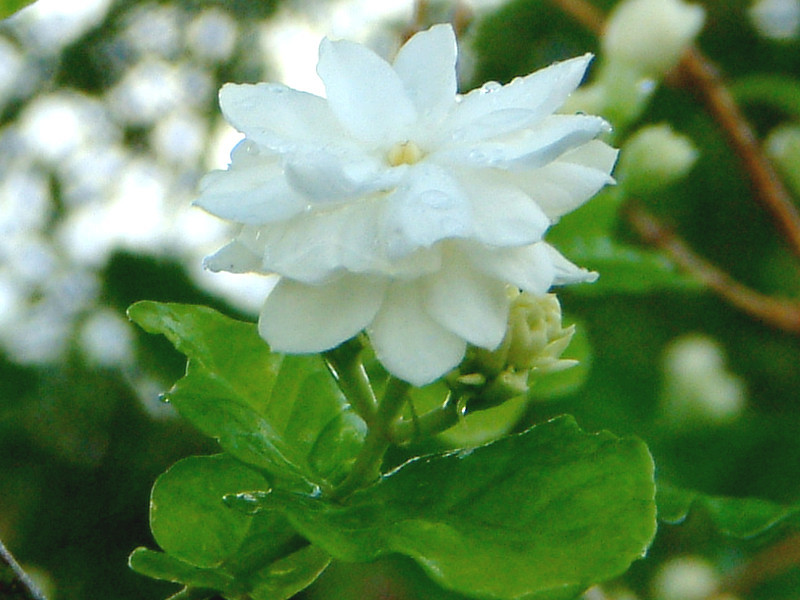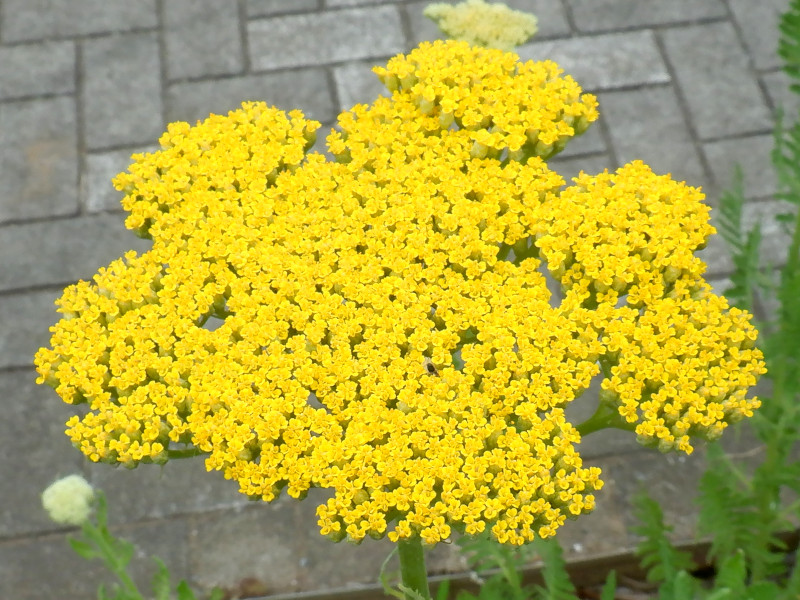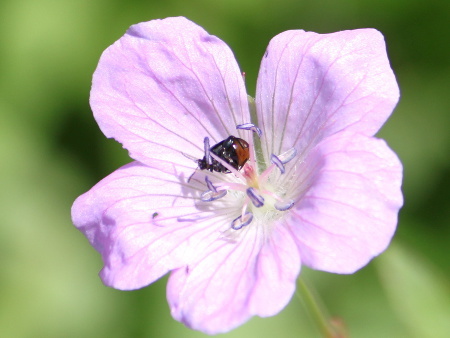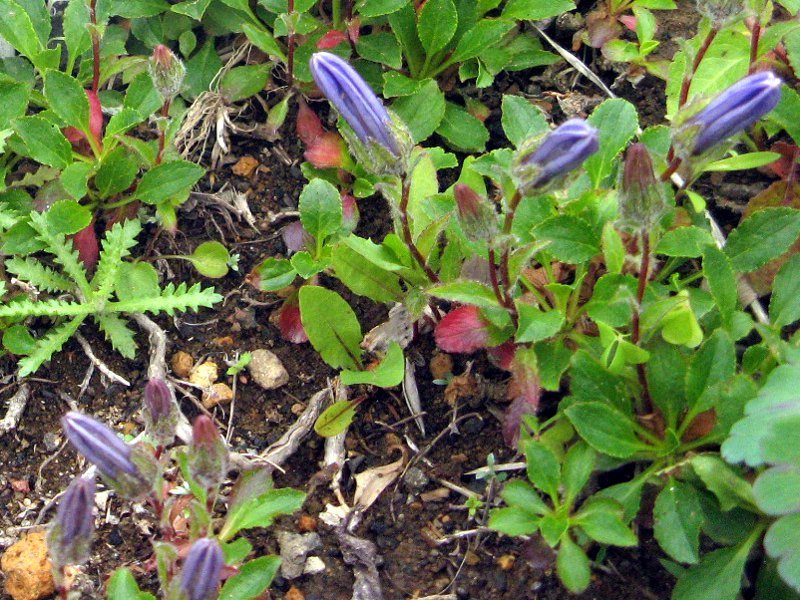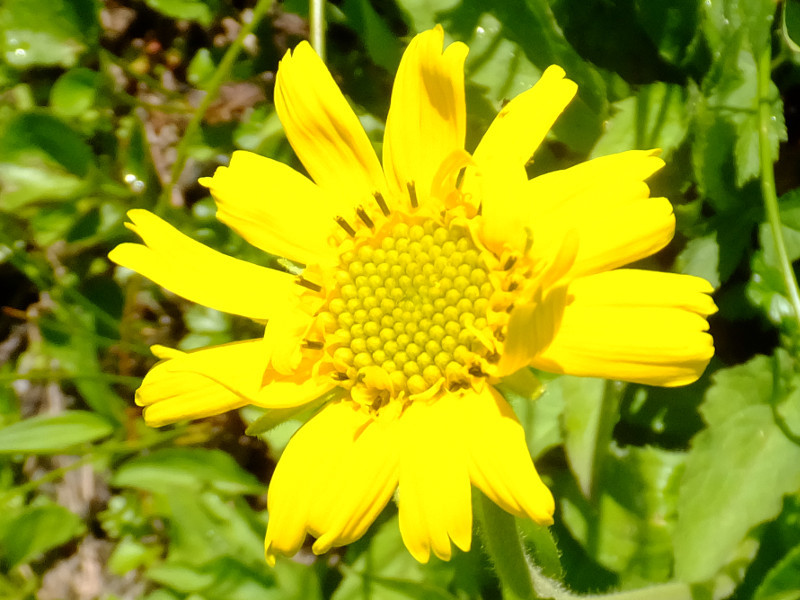Heliophila longifolia
- Flower nameHeliophila longifolia
- Scientific nameHeliophila longifolia
- Aliasヘリオフィラ・ロンギフォリア
- Place of originSouth Africa
- Place of floweringHigh mountain
- Flowering seasonApril, May
What is Heliophila longifolia
Heliophila longifolia (scientific name: Heliophila longifolia) is an annual herb of the genus Heliophila (Brassicaceae), native to South Africa. Locally, it grows wild in arid areas. The herb is 40 to 50 cm tall, with slender, erect stems that branch at the top. The leaves are linear and alternate. Intercalary racemes grow from the stem tops in spring and produce many small cross-shaped flowers. The flowers are 1 to 1.5 cm in diameter, with cross-shaped petals that are blue with a yellow center. The flowers are followed by a long, angular fruit, which nods off when mature.
Common name: Heliophila longifolia, scientific name: Heliophila longifolia, origin: South Africa, height: 40-50 cm, stem: slender, erect, branched at the top, leaf shape Stem: slender, erect, branched at the top; leaf shape: linear; inflorescence: alternate; inflorescence shape: racemose; flower diameter: 1-1.5 cm; flowering season: April to May; flower color: petals blue with a yellow center; corolla shape: cross-shaped. Fruit type: long-horned fruit; uses: garden planting.
Common name: Yellow whitlow-gras, Scientific name: Draba aizoides, aka: Drava-Izoides, Place of Origin: Pyrenees, Alps, Apenin, Environment: Sunlight rocky place, Living form: Perennial, Tree height: 10-15 cm, Leaf form: Axillary, Stem leaf foliage: Alteration, Inflorescence form: Syndromes, Petal color: yellow, flower diameter: 2 cm, inflorescence form: heretic inflorescence, corolla: cruciform, flowering stage: March to May, fruit type: cornice, fruit type: flat long oval, use: rock garden, Potted plants.
